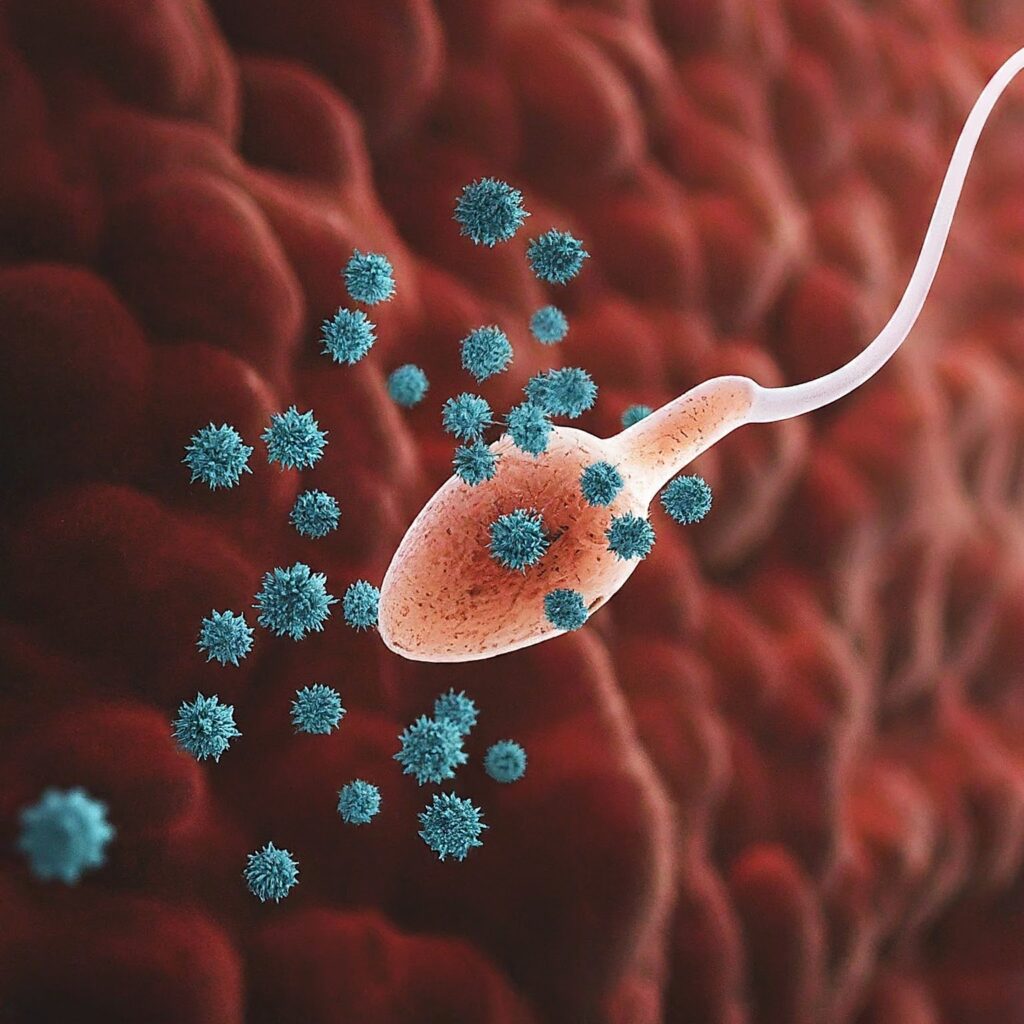
Picture a caveman, spear poised, facing down a sabre-toothed tiger. The adrenaline surges, the world narrows to a single, heart-pounding moment: Will he kill, or be killed?
Survival brings a rush of pleasure and exhilaration. This is the primal thrill that gambling simulates and taps into – a dopamine-fueled dance with risk that was once crucial for our survival. Long before they invented Fortnite, we had gambling for simulated life and death experiences. The rush of victory, the sting of defeat – it’s a rollercoaster our brains are hardwired to crave.
But here’s the devastating twist: In the modern world, that rollercoaster has become a runaway train, leaving a trail of destruction in its wake. Australians lose a staggering $25 billion each year on this ride, a figure that dwarfs the GDP of many small nations.
This national crisis hides in plain sight, fueled by easy access to gambling. We’ve swapped spears for smartphones, tigers for pokies. Now, we can gamble anywhere, anytime. The life-or-death stakes of the hunt have vanished, but the addictive allure remains, amplified by uncertainty and chance. Poker machines alone – those addiction generators in pubs and clubs – account for nearly half of all gambling losses nationwide. They’re designed to hook us, to keep us chasing that elusive jackpot, one spin after another.
Young men are particularly susceptible because testosterone amplifies the dopamine hit we receive from danger even when it is just simulated danger. A chilling 41% gamble at least weekly, their brains hijacked by the pursuit of the next win. This isn’t just a pastime; it’s a pathway to addiction. What was once a calculated risk for survival has become a compulsive chase for a high that always seems just out of reach.
Addiction begets addiction. The brain, craving dopamine, turns to smoking, drinking, and drugs. Mental illness follows addiction. Long-term addiction impairs judgement, leading to anxiety, paranoia, and even psychosis. Tragically, the aggressive marketing of online gambling has coincided with a more than doubling of mental illness rates in young men. The constant bombardment of ads creates endless opportunities for addiction to take hold, further fueling the cycle of despair.
This cocktail of addiction and mental distress can create a breeding ground for violence. A 2022 study of individuals who had perpetrated domestic or sexual violence revealed the extent of this damage: over half screened positive for PTSD, a form of anxiety, and nearly a third met the criteria for anxiety or depression. The cycle is clear: addiction fuels mental illness, which in turn can escalate into abuse, perpetuating the cycle of trauma.
The fallout is devastating. In Victoria alone, the social costs reach $7 billion annually. But the true cost extends far beyond money. Addiction rewires the brain, destroying impulse control. Studies show a chilling link: financial stress from gambling dramatically increases the risk of domestic violence. The pressure of mounting debts, the desperation to recoup losses, can push individuals to the brink, creating a volatile environment where impulse control vanishes and abuse thrives. Recent government research shows that Australian women in households experiencing cash flow problems are five times more likely to experience partner violence.
The damage spills into our homes, leaving deep scars. Yet, we put the tools of addiction in every pocket, allow them to blare from our screens. It’s time to connect the dots. The gambling industry isn’t just draining wallets; it’s eroding mental well-being and fueling violence. We need to recognize the true cost of this addiction, not just in the billions of dollars lost, but in the countless minds and families shattered. It’s time to break the cycle and prioritise the well-being of Australians over the profits of an industry that thrives on addiction and despair.



















Recent Comments